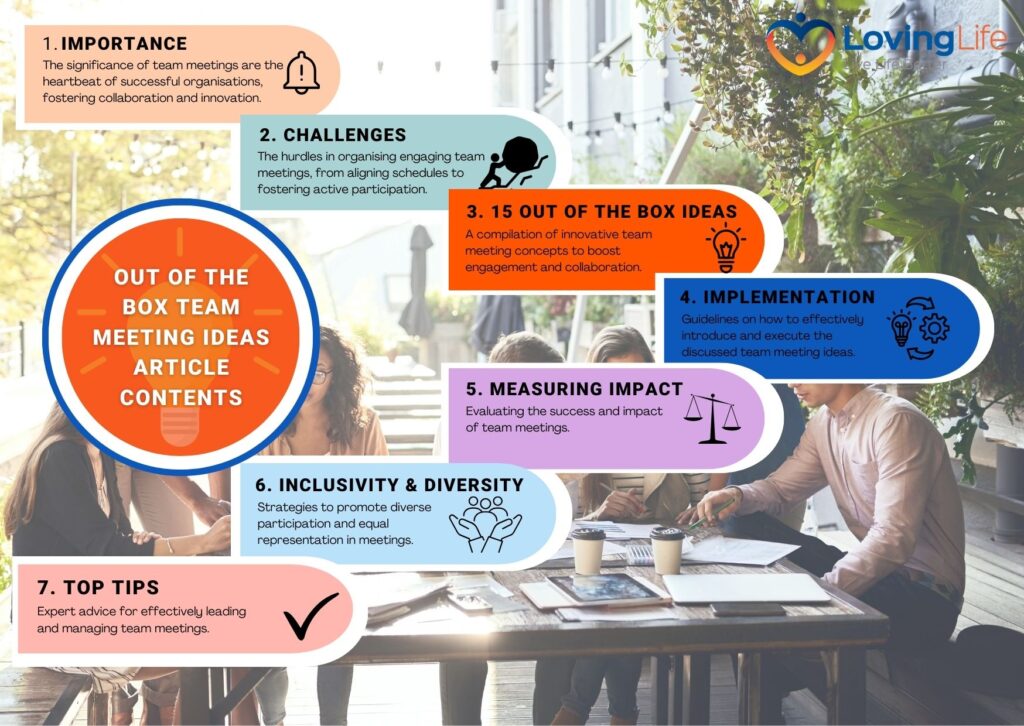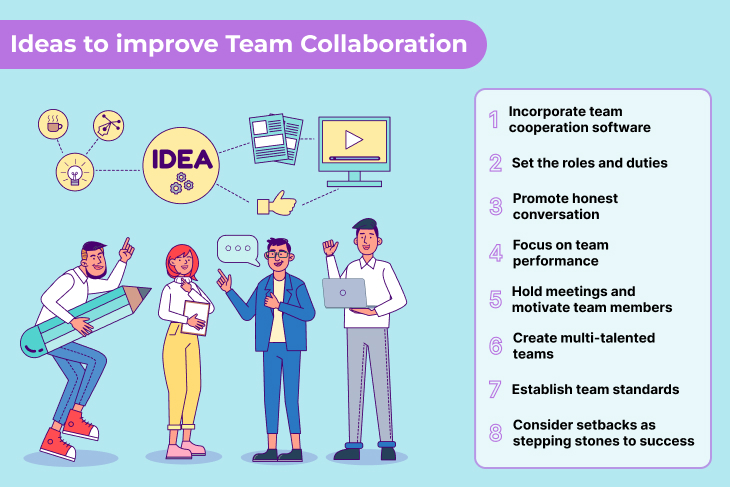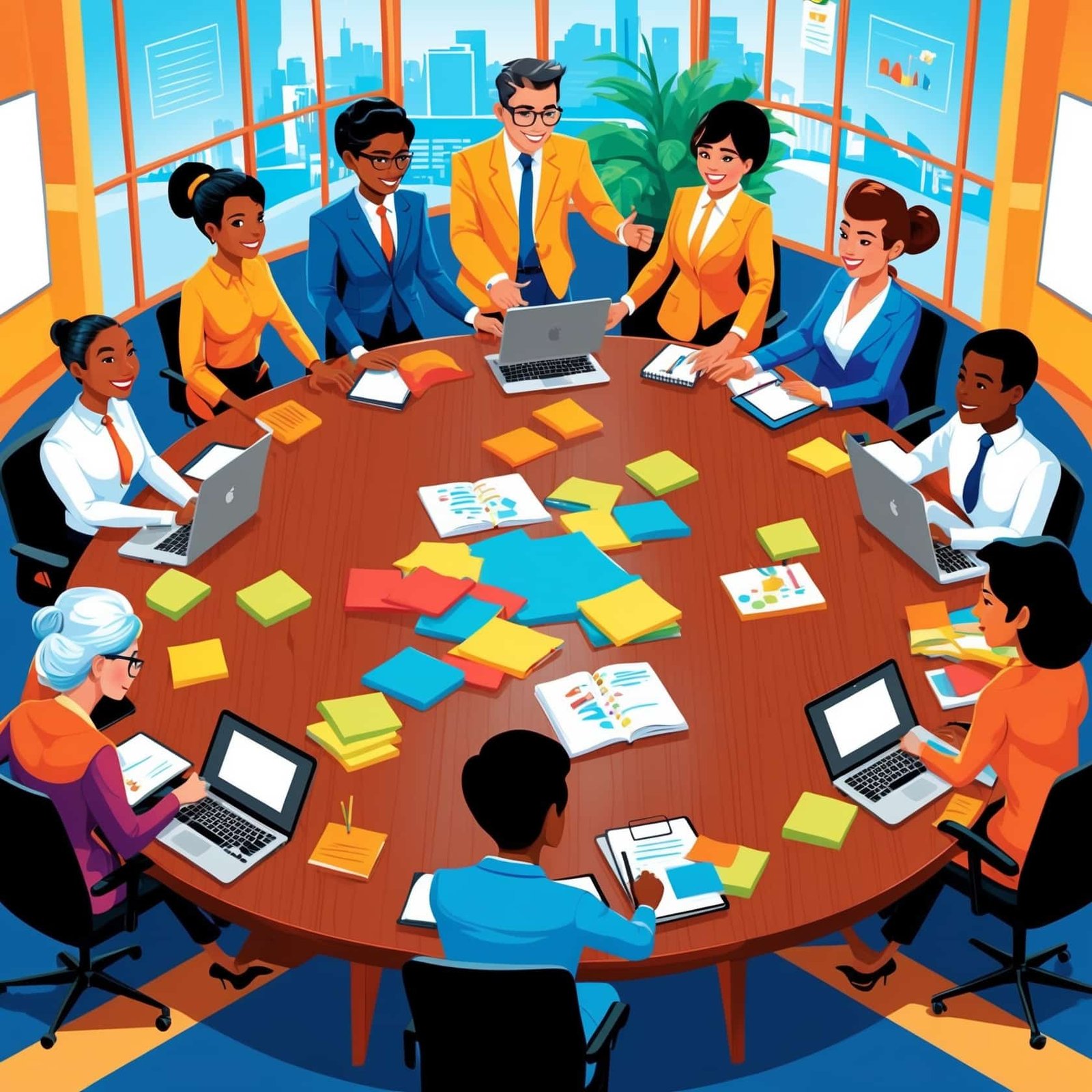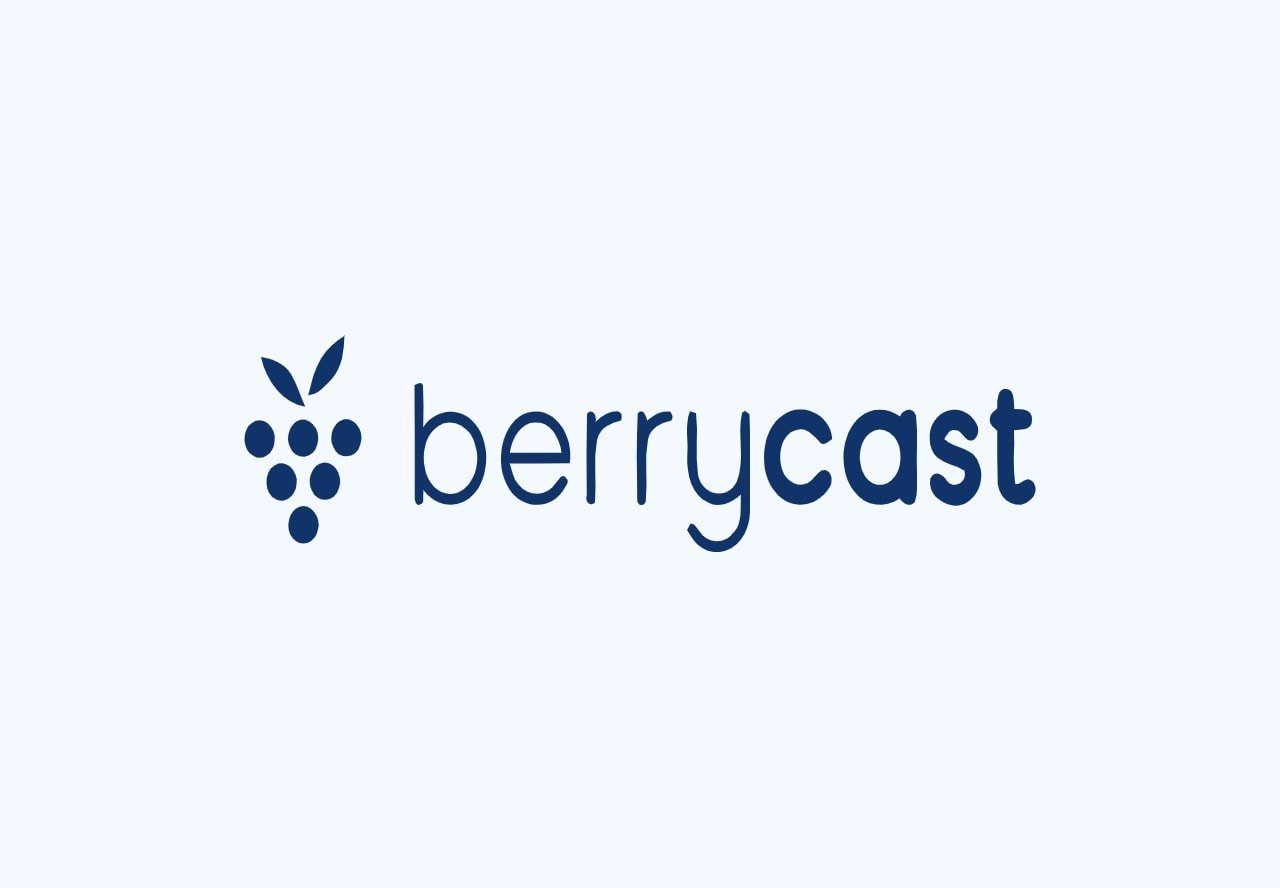Effective team collaboration is crucial for success. It enhances productivity and fosters innovation.
In today’s dynamic work environment, teams need to work seamlessly together. Collaboration ensures that ideas are shared, tasks are managed efficiently, and everyone is aligned towards common goals. It is not just about working together but doing so in a way that maximizes each member’s strengths.
With remote work on the rise, finding creative ways to collaborate has become more important than ever. Implementing fresh team collaboration ideas can transform how your team communicates and operates. From using the right tools to fostering a culture of openness, there are many strategies to explore. Ready to boost your team’s collaboration? Let’s dive into some innovative ideas that can make a significant impact.
Importance Of Team Collaboration
Team collaboration is crucial for any organization. It brings together diverse skills and perspectives. This synergy can lead to great results. The combined effort of a team often surpasses the sum of individual efforts. Effective collaboration can enhance productivity and creativity in the workplace.
Boosting Productivity
Collaboration helps divide tasks among team members. This division of labor can lead to faster completion of projects. Each member can focus on their strengths. This reduces the time spent on tasks they find difficult. Improved communication ensures that everyone is on the same page. This can minimize errors and rework.
Here’s a table to illustrate the benefits:
| Benefit | Description |
|---|---|
| Task Division | Work is split based on strengths. |
| Faster Completion | Projects are finished more quickly. |
| Better Communication | Fewer errors and misunderstandings. |
Enhancing Creativity
Working together brings different ideas to the table. This diversity can lead to innovative solutions. Brainstorming sessions are a great example. Team members can build on each other’s ideas. This can result in more creative outcomes.
Here are some ways to enhance creativity through collaboration:
- Encourage open discussions.
- Hold regular brainstorming sessions.
- Mix team members from different departments.
- Provide a safe space for sharing ideas.
By fostering a collaborative environment, teams can produce unique and effective solutions to challenges.
Credit: everwall.com
Effective Communication
Effective communication is the backbone of successful team collaboration. Without it, even the most talented team can struggle. Clear communication ensures everyone is on the same page. It helps in avoiding misunderstandings and promotes a healthy work environment. Let’s explore some key elements for effective communication within a team.
Clear Objectives
Setting clear objectives is crucial for any team. Everyone should know the goals and their roles. This helps in aligning efforts and resources towards a common aim.
Use the SMART criteria to define objectives:
- Specific: Objectives should be well-defined and clear.
- Measurable: There should be a way to measure progress.
- Achievable: Objectives should be realistic and attainable.
- Relevant: They should align with the team’s goals.
- Time-bound: Set a deadline to achieve the objectives.
Document these objectives and share them with the team. Use tools like project management software to keep track of progress.
Open Feedback Channels
Having open feedback channels is vital for team improvement. Feedback helps in identifying areas of improvement and celebrating successes. It fosters a culture of transparency and trust.
Implement these methods to ensure open feedback:
- Regular Meetings: Schedule frequent check-ins to discuss progress and issues.
- Anonymous Feedback: Use tools that allow team members to give feedback anonymously.
- Surveys: Conduct regular surveys to gather opinions and suggestions.
- One-on-One Sessions: Encourage private discussions for more personal feedback.
Encourage team members to voice their thoughts without fear of judgment. This will lead to a more cohesive and motivated team.
Collaborative Tools
Collaborative tools have transformed how teams work together. These tools enhance productivity, streamline communication, and ensure everyone stays on the same page. Let’s explore some of the top collaborative tools available today.
Project Management Software
Project management software is essential for organizing tasks and tracking progress. It helps teams plan, execute, and complete projects efficiently. Here are a few popular options:
| Software | Key Features |
|---|---|
| Trello | Kanban boards, task cards, deadlines |
| Asana | Task assignments, project timelines, integrations |
| Monday.com | Custom workflows, time tracking, automation |
These tools help teams stay organized and ensure every task is accounted for. They also provide visibility into project progress, which helps identify and address potential bottlenecks.
Communication Platforms
Communication platforms are crucial for team collaboration. They enable real-time communication, file sharing, and remote work. Here are some widely used platforms:
- Slack: Channels, direct messaging, file sharing
- Microsoft Teams: Video calls, integrations, collaboration hubs
- Zoom: Video conferencing, webinars, virtual backgrounds
These platforms ensure team members can connect and communicate effortlessly. They offer various features to support different communication needs. For instance, Slack is great for quick messages, while Zoom is ideal for virtual meetings.

Credit: lovinglifeco.com
Team Building Activities
Team Building Activities are essential for fostering a positive and productive work environment. They help team members connect, build trust, and work better together. Below are some effective team building activities to consider for your team.
Icebreakers
Icebreakers are a great way to start any team meeting or event. They help team members get to know each other and create a relaxed atmosphere. Here are a few simple icebreakers:
- Two Truths and a Lie: Each person shares two true statements and one false statement. The group guesses which is the lie.
- Fun Facts: Each team member shares a fun fact about themselves. It can be anything interesting or unusual.
- Favorite Things: Team members talk about their favorite movie, book, or hobby. This helps discover common interests.
Workshops
Workshops are interactive sessions where team members can learn and grow together. They are ideal for skill-building and problem-solving. Consider these types of workshops:
- Communication Skills: Focus on improving how team members share information and listen to each other. Use role-playing exercises to practice.
- Problem-Solving: Present a challenge and work together to find a solution. This enhances critical thinking and teamwork.
- Creativity: Engage in activities that spark creative thinking. Brainstorming sessions or art-based exercises can be very effective.
These team building activities can greatly improve team dynamics. They help create a more cohesive and motivated team. Try incorporating them into your regular team interactions to see positive results.
Brainstorming Sessions
Brainstorming sessions are vital for team collaboration. They help generate new ideas, solve problems, and improve projects. To make these sessions effective, it’s important to foster an inclusive environment. This ensures everyone can share their thoughts freely.
Encouraging Participation
Getting everyone involved in brainstorming is key. Here are a few strategies:
- Set clear goals: Define the purpose of the session. This helps participants stay focused.
- Use icebreakers: Start with a fun activity. It helps people feel relaxed and more likely to contribute.
- Assign roles: Give everyone a specific role. It ensures each person has a responsibility and voice.
- Open-ended questions: Ask questions that require more than yes or no answers. This encourages deeper thinking and discussion.
Diverse Perspectives
Having different viewpoints in a brainstorming session is crucial. It brings fresh ideas and solutions. Here are some ways to ensure diverse perspectives:
- Invite a variety of team members: Include people from different departments. This adds unique insights to the discussion.
- Encourage quiet members: Sometimes the quietest people have the best ideas. Give them space to speak.
- Use diverse brainstorming techniques: Try different methods like mind mapping, SWOT analysis, or role-playing. This allows different thinking styles to shine.
By encouraging participation and embracing diverse perspectives, brainstorming sessions can be more effective and productive. These methods help in creating a collaborative environment where everyone feels valued and heard.
Setting Goals
Effective team collaboration starts with setting clear goals. These goals help guide the team and provide a sense of direction. Setting goals ensures everyone is aligned and working towards the same objectives. Here are some ideas to set goals that foster team collaboration.
Smart Goals
Using the SMART framework helps in creating clear and reachable goals. SMART stands for:
- Specific: Clearly define what needs to be achieved.
- Measurable: Ensure the goal can be tracked with numbers.
- Achievable: Set realistic goals that can be met.
- Relevant: Ensure the goal aligns with the team’s objectives.
- Time-bound: Set a deadline for the goal.
For example, instead of saying “Improve team communication,” a SMART goal would be “Hold weekly team meetings to discuss project progress.”
Regular Check-ins
Regular check-ins help keep everyone on track. These meetings ensure goals are being met and issues are addressed promptly.
| Type | Frequency | Purpose |
|---|---|---|
| Daily Stand-ups | Every day | Quick updates and immediate issues |
| Weekly Meetings | Once a week | Review progress and plan next steps |
| Monthly Reviews | Once a month | Evaluate overall progress and adjust goals |
During these check-ins, use an agenda to stay focused. Encourage team members to share their updates and challenges.
This approach helps in maintaining transparency and accountability within the team.
Role Clarity
Role Clarity is crucial for effective team collaboration. When team members know their roles, they perform better. Role clarity reduces confusion and increases productivity.
Defining Responsibilities
Defining responsibilities helps team members understand their tasks. Each member should have a clear job description. This should outline duties and expectations.
For instance:
| Role | Responsibilities |
|---|---|
| Project Manager | Oversee project progress, manage deadlines, and coordinate team efforts. |
| Developer | Write and maintain code, fix bugs, and implement new features. |
| Designer | Create visuals, design user interfaces, and ensure aesthetic consistency. |
Clear definitions prevent misunderstandings. Everyone knows their tasks.
Avoiding Overlaps
Avoiding overlaps in roles is key. Overlapping responsibilities can lead to confusion and inefficiency.
Consider these steps:
- Identify tasks: List all tasks required for the project.
- Assign tasks: Allocate tasks based on skills and roles.
- Communicate clearly: Ensure everyone understands their specific tasks.
Clear task assignment helps in avoiding redundant efforts. This saves time and resources.

Credit: alianhub.com
Remote Collaboration
Remote collaboration is essential in today’s global workplace. Teams often work from different locations and time zones. Effective remote collaboration can increase productivity and employee satisfaction. Here are some ideas to enhance remote team collaboration.
Virtual Meetings
Virtual meetings are crucial for remote teams. They help maintain communication and ensure everyone is on the same page. Use video conferencing tools like Zoom, Microsoft Teams, or Google Meet. These tools support screen sharing, which can make discussions more interactive.
To make virtual meetings effective:
- Set clear agendas: Share the meeting agenda in advance.
- Assign roles: Have a moderator, note-taker, and timekeeper.
- Use visual aids: Leverage slides, graphs, and charts to explain points.
- Encourage participation: Invite team members to share their thoughts.
- Record meetings: Recording can help those who missed the meeting.
Time Zone Management
Managing different time zones can be challenging. It’s crucial to respect everyone’s time. Use tools like World Time Buddy or Google Calendar to schedule meetings at convenient times for all.
Consider these tips for better time zone management:
- Overlap hours: Find common working hours for all team members.
- Rotate meeting times: Alternate meeting times to accommodate different time zones.
- Document everything: Keep detailed notes and share them with the team.
- Asynchronous communication: Use emails and messaging apps for non-urgent communication.
- Set clear expectations: Define response times and working hours.
Here is a simple table to illustrate overlapping working hours:
| Time Zone | Working Hours |
|---|---|
| PST (Los Angeles) | 8 AM – 4 PM |
| EST (New York) | 11 AM – 7 PM |
| GMT (London) | 4 PM – 12 AM |
Effective remote collaboration relies on good communication and time management. These ideas can help your team work better together, no matter where they are located.
Frequently Asked Questions
What Are Some Team Collaboration Tools?
Team collaboration tools include Slack, Microsoft Teams, and Trello. These tools facilitate communication, project management, and file sharing. They enhance productivity and streamline workflows.
How Can We Improve Team Collaboration?
Improve team collaboration by setting clear goals, using collaboration tools, and fostering open communication. Regular meetings and feedback sessions also help.
Why Is Team Collaboration Important?
Team collaboration is important for productivity and innovation. It enhances problem-solving and ensures tasks are completed efficiently. It promotes a positive work environment.
What Are Effective Team Collaboration Strategies?
Effective strategies include clear communication, defined roles, and using collaborative tools. Regular check-ins and team-building activities also strengthen collaboration.
Conclusion
Boosting team collaboration can drive success and happiness at work. Use these ideas to improve communication and teamwork. Encourage open dialogue and regular feedback. Make meetings productive and engaging. Try different tools and methods to find what works best. Keep things fun and flexible to maintain motivation.
With these strategies, teams can achieve goals and enjoy working together. So, start implementing these ideas today. Watch your team thrive!





